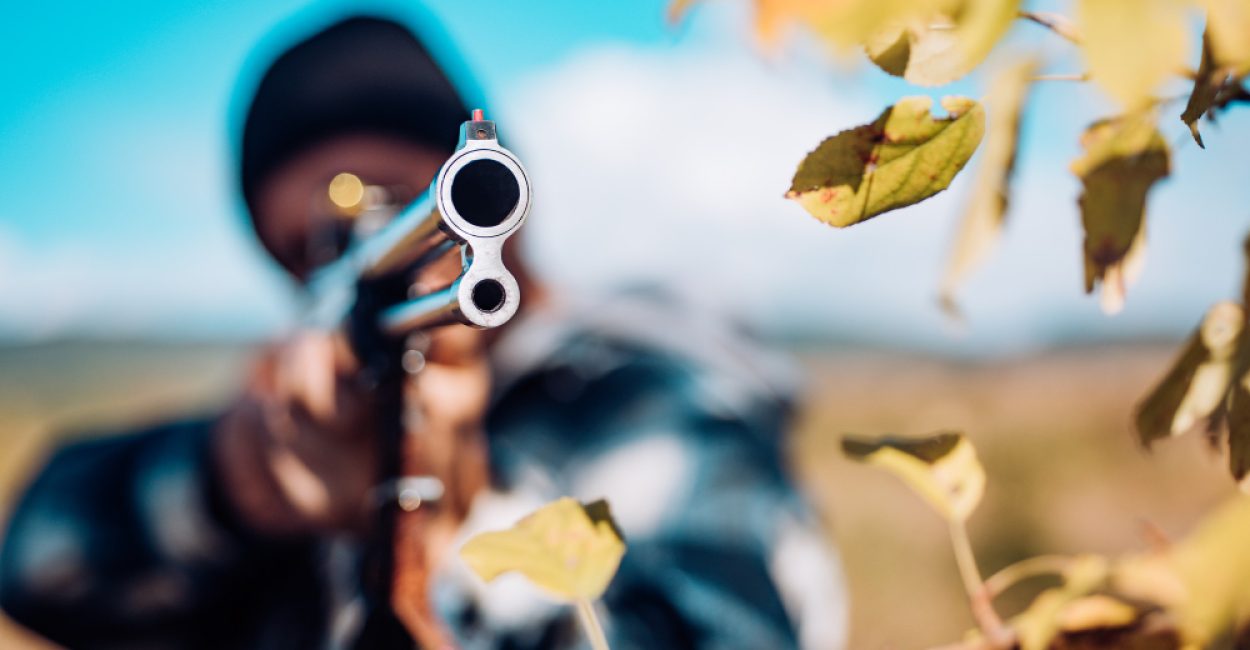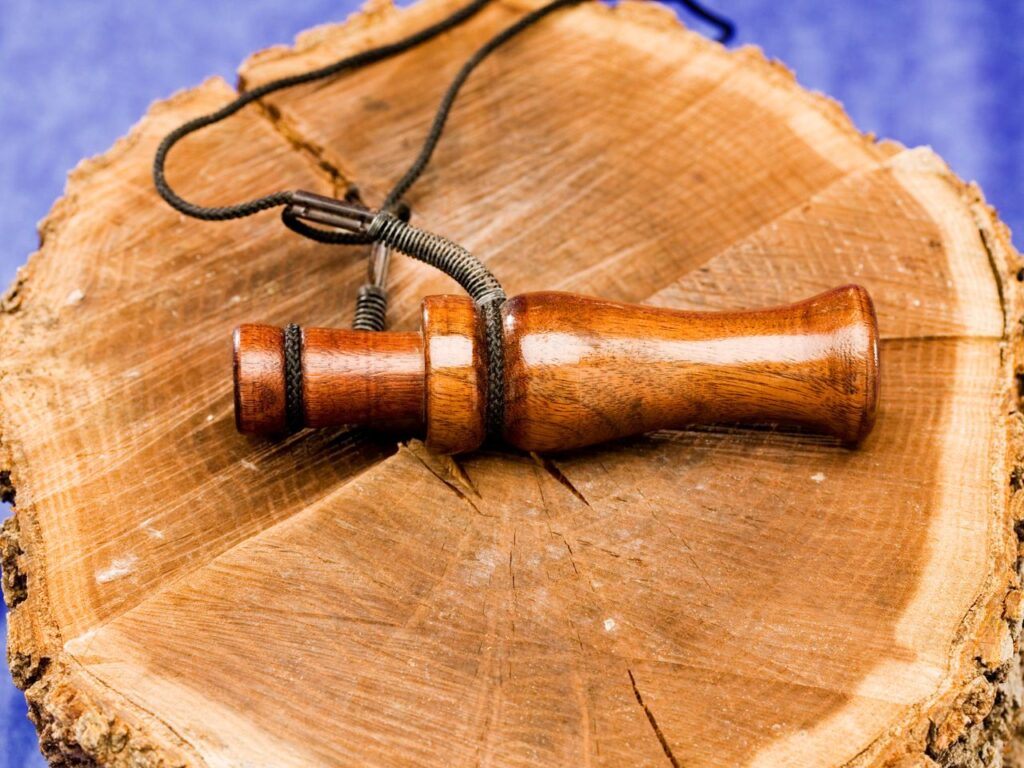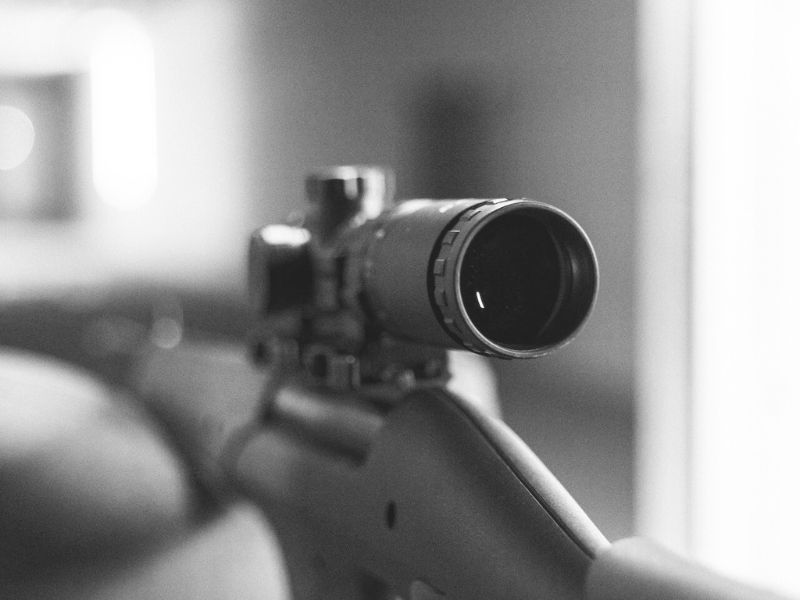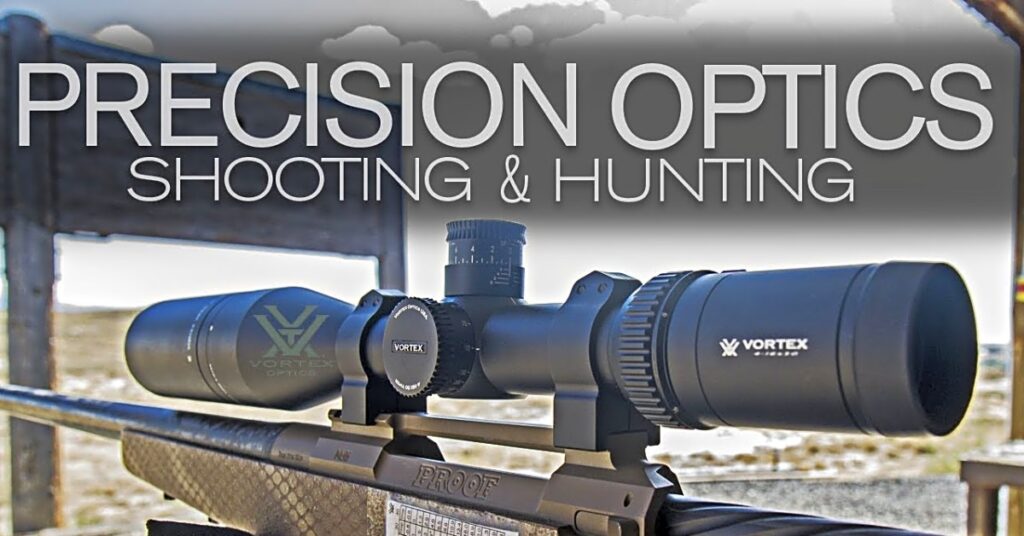Beginners are misled with deer hunting myths and terrible counsel, especially when it comes to tracking and shooting. However, because deer is the most common and popular game in the United States, with 10.9 million hunters on hand, it’s critical to get things correct. Aim just behind the shoulder and one-third of the way up from the deer’s belly line to pierce the lungs, heart, or one of the major arteries. Here’s where you should shoot a deer to minimize pain and make recovery more accessible if you keep your eye on the target.
The Best Shooting Spots and Positions for a Deer
Keep these seven locations in mind while you consider where to shoot a deer as it approaches. Also, keep in mind that a deer is a three-dimensional object, so you’re likely to have more organs than the one you can remove.
Lung Shot
Newbie hunters attempting to hit deer behind the shoulder while they’re broadside do it for this reason. The margin of error is most significant when shooting deer from the back, so you’re sure to hit the lungs, a crucial organ. You must keep in mind that your deer isn’t a paper target and that you can still hit the lungs if you have a steady hand and excellent aim long as they stand directly on.
Shoulder Shot
The shoulder shot has the potential of blowing out an aorta or even the heart. You’ll want to aim just below the shoulder and one-third of the way up from the deer’s belly for this shot. This shot kills the deer instantly, so you won’t have to track it down, unlike a lung shot that drains oxygen from the animal slowly while it tries to escape. This shot necessitates a more close vantage point and a powerful rifle that can penetrate through the shoulder.
Quartering Away
When a deer is quartering away at a three-quarter-degree turn, things get more complex. When a deer is facing away at a quarter turn, you must shoot behind its shoulder. To pierce the lungs, heart, or one of the major arteries, aim just behind the shoulder and one-third of the way up from the deer’s belly line. Aim for the offside shoulder that is farthest away when quartering away. Typically, this means just behind the rib cage, which sends the bullet through the stomach first. Keep in mind that a high-power cartridge should only be used if a better shot angle cannot be obtained by waiting.
Quartering Toward
Quartering towards is essentially the same as quartering away, except that the deer is facing you. For this placement, aim for the nearest side of the deer’s sternum between its shoulders. A fast kill will be achieved by piercing through the heart and lungs. When a deer is quartering towards you, do not shoot it behind its shoulder; instead, aim for its side where it’s quartering away from you. Never make these two things!
Head-On
Your best target is the heart or the above aorta of a deer that faces you with its chest exposed. To hit these essential organs, aim where the neck and chest meet. A shot to this vital area will swiftly terminate a deer’s life if the deer’s head is down while grazing or drinking; you may need to wait until it raises its head before pulling the trigger.
Straight Away
The term “straight away” refers to a position in which the deer’s rump is pointed straight toward you. With the deer’s backside facing you head-on, there aren’t many terrific choices. A more excellent caliber with a controlled expansion bullet and an aim beneath the base of the deer’s tail is required for this posture. In essence, you will be firing through the deer’s bowels and into its heart or lungs with this shot. Being dirty was just the beginning of this shot’s disadvantages; if you can wait for a better opportunity, do so!
From Above
This shot is for you if you enjoy saddle hunting and utilize a treestand! On the deer near the chest cavity, aim for higher to penetrate the heart or lungs. Aim through the shoulder blades if the deer isn’t directly below your stand and a bit ahead of you; the bullet should hit vital areas like the spine and other nearby organs.
Best times of day, seasons, and weather conditions for deer hunting
Deer hunting is a game of chances. It’s also a game of choices. The timing of your hunt, when not to go, and when the weather is ideal for you are all aspects of the equation. My book has ten times situations or circumstances when odds become more advantageous for deer hunters. These are they.
When Fronts Move Through
Several studies have validated this observation. Deers on the move seem to detect the human scent on their feet more readily than those at rest or in hiding. I’ve taken a lot of deer (particularly nice bucks) right before a weather front moved into the region. Deer can sense these things, and they’ll often go out and graze before the show gets here – even during daylight hours.
Significant Temperature Swings
Temperatures swings (up or down) frequently rouse deer from their slumber. It’s a fantastic method to fill out deer tags by checking the forecast and anticipating temperature-induced movement. In my opinion, temperature decreases are more successful than increases but don’t neglect hikes in mercury either. They have an impact on things.
Minor Weather Events
Deer will move when they are triggered by non-front-related weather events, such as pop-up showers and storms. If these minor weather occurrences occur within the first or last few hours of sunlight, they appear to significantly influence whitetails.
When the Barometer Hits 30
The majority of the data suggests that deer move best when the barometer reaches 30. The majority of barometric pressure research agrees, with many indicating that deer respond to this environmental variable.
When They Have the Wind Advantage
It’s easier to run when the wind is on your side, and deer, especially mature bucks, seem to prefer that. It does not necessarily imply that it is in their face. However, the wind direction is beneficial to them in some manner. That’s why I search for just-off winds whenever I can.
Moon Overhead/Underfoot
Moon position, unlike the moon phase, has a significant effect on whitetails. When the moon is directly overhead or beneath the foot, it generally motivates them to get up and feed more frequently than when it is positioned at other angles. You’ve got a perfect storm of deer movement when the overhead/underfoot lines up with dawn and dusk.
Early Morning and Late Afternoon
Deer prefer to move in the morning hours and at night. That’s when they are most motivated to get up and go. It’s when their eyesight is at its sharpest. Other than pressure, a few things influence this movement, which is why it’s so crucial for you to avoid them while hunting elk in Colorado Springs.
Opening Day
Aside from environmental and biological factors, there are a few other times in the deer forests. The first is the opening day of the season. Sure, you’re out there for anticipation, history, and traditions. But the fact that deer aren’t as agitated yet is intriguing in its own right. Take advantage of it while you can.
When You Want to Go
If you just enjoy deer hunting and a season is open, go out there and have some fun with it. If your only goal is to appreciate nature, don’t worry about biological, environmental, or other scientific concerns. Just go when you’re ready.
When You Have Time Off
Finally, we understand that not everyone has the opportunity to go hunting whenever they want. You must leave when your life and job allow it. That’s understandable. The most crucial aspect is to get out there as soon as feasible. Accept our way of life by supporting it. Mention your love for hunting with a friend or family member you know who also enjoys it! Keep nature safe by protecting it from harm! It’s critical to protect nature from damage! Share information about how vital clean water is for the environment.




